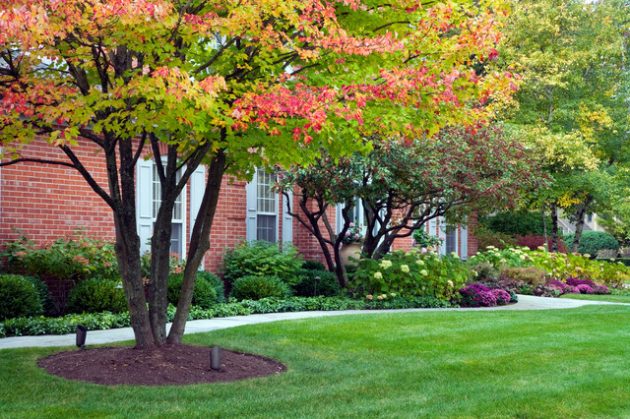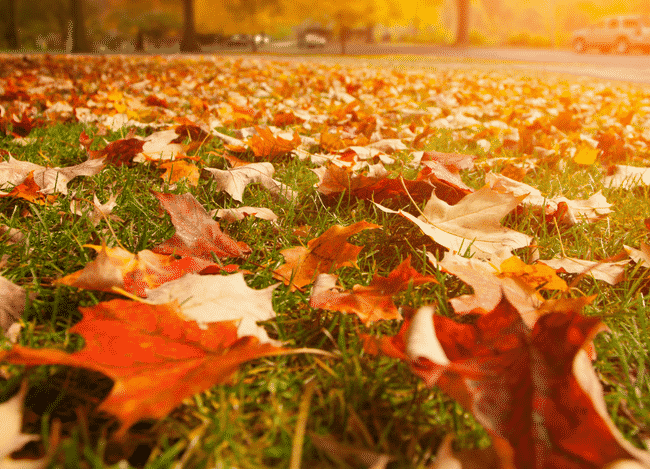Whether you’re a business owner or a homeowner, landscaping is an important part of your curb appeal and should be addressed at least a couple times a year. When fall rolls around, you might not think about your landscape, but there are some things that are best done during this time of year.

Mulching
Fall mulching is actually better for your plants than spring mulching. Mulching in the fall can help protect the roots of your trees and shrubs from frost and help them retain moisture. The best way to do this is to spread 2-4 inches of fresh, shredded mulch around your plants (make sure the mulch is good quality and has been specially treated, as free mulch may contain harmful fungal and bacterial spores).

Autumn pruning of trees and bushes.
Before your landscaping goes into hibernation over the winter, grab your pruning shears and do some work. Don’t prune healthy, living branches (because pruning promotes healthy growth and prepares your plants for hibernation)—prune dead or dying ones instead.

Lawn mowing
When temperatures start to drop, you’ll want to make sure your grass is cut to about 10cm for the winter. If your grass is too long, it becomes prone to disease and falling leaves are harder to remove from tall grass.

Leaf removal
When it comes to fall garden and yard cleanup, a lawn full of leaves isn’t exactly attractive, so keep an eye on your falling leaves as the season continues. We remind you that burning fallen leaves is prohibited by law in our country, so either take it to a landfill or compost pit.
Overseas the lawn
Fall is a good time to seed your lawn to not only improve its appearance, but also to fill in areas that may have been exposed to the summer sun or heavy foot traffic. Overseeding also increases the density of your lawn and improves its ability to fight off insects and disease. It’s a good idea to check the pH balance of your lawn before planting so you know what variety and how much seed to spread.

